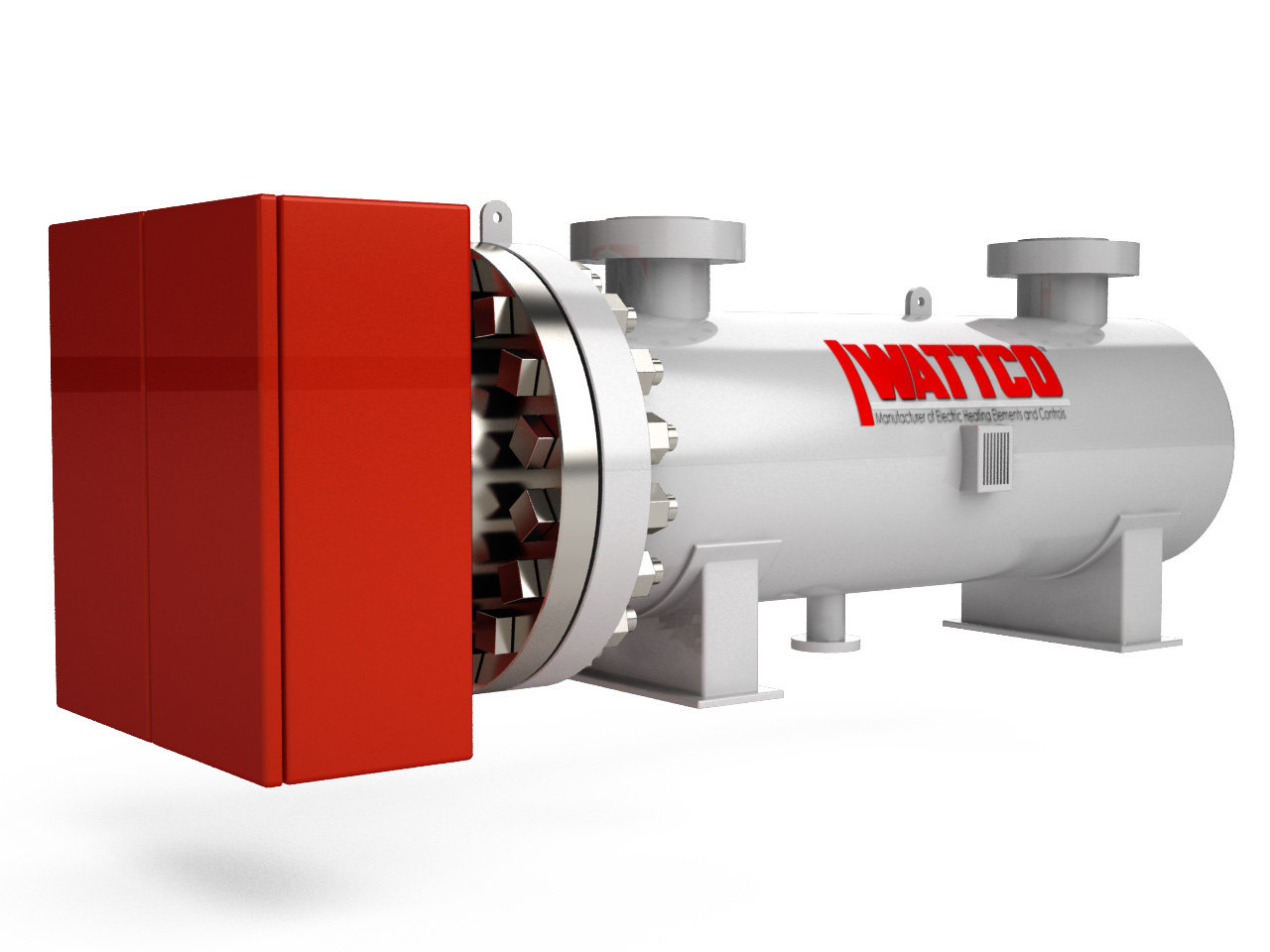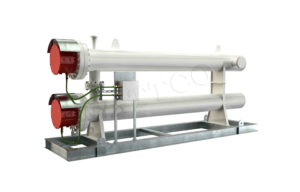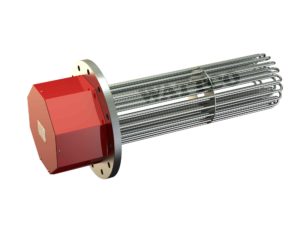Heaters for Petrochemical Industries
Professionals in the field of petrochemical research and industrial work are aware of the significance of electrical heating and electrical heaters. The electric heaters tend to vary with the heating requirements and needs. There are numerous types of heating elements available in the market but prior to purchasing one, an extensive and exhaustive research on them is mandatory.
In this article, we would be delving into the deeper aspects of the different types of heating elements that are used in the petrochemical industry. The electrical heaters need to meet all hydraulic and thermal constraints while emphasizing on temperature or pressure conditions, flow rates and corrosive and physical properties of a fluid.
 An ideal electric heater needs to take care of the safety, reliability and mechanical requirements. Some of the advantages and features that electric heaters need to possess are as follows:
An ideal electric heater needs to take care of the safety, reliability and mechanical requirements. Some of the advantages and features that electric heaters need to possess are as follows:- Reduced in-plant emissions
- Total energy conversion
- Accurate control of temperature with quick response time
- Unlimited turndown
- Withstand high temperature fluid heating
The heating elements tend to differ based on their application as there are a few that have multiple uses whereas there are a few that are used for achieving specific heating results. The scientific basis of electric heaters is all about turning electrical energy into heat. In this article we would be restricting ourselves to the three different types of electric heaters – Circulation Heaters, Immersion Heaters and Flanged Heaters.
Circulation Heaters This is a very efficient form of heating system that presently exists. Being a closed system, the material to be heated is passed through the heater in tubes and heat from outside is applied. The material exiting the system is heated to a pre-set temperature.
This is a very efficient form of heating system that presently exists. Being a closed system, the material to be heated is passed through the heater in tubes and heat from outside is applied. The material exiting the system is heated to a pre-set temperature.
 This is a very efficient form of heating system that presently exists. Being a closed system, the material to be heated is passed through the heater in tubes and heat from outside is applied. The material exiting the system is heated to a pre-set temperature.
This is a very efficient form of heating system that presently exists. Being a closed system, the material to be heated is passed through the heater in tubes and heat from outside is applied. The material exiting the system is heated to a pre-set temperature.The circulation system is popular heating system for pressurized materials like gas, oil and steam. The prime reason why this electric heater is preferred is the low rate of heat loss. As the system is a closed one, the heat loss is highly reduced turning it into very efficient heating equipment.
Heating process in a circulation heater is a near-perfect one and this is why it is preferred for specific gases and liquids. Steel vessel and tanks are used to house these heaters and the rate of heat transfer depends on the insulation. The heal loss is immensely cut down thereby increasing the heating efficiency of the system.
Immersion Heaters As the name signifies, heating with immersion heaters is achieved by dipping or immersing the heater into the substance to be heated. The immersed heating element passes on the heat on to the substance being heated just like we see in case of immersion heaters used to heat water.
The biggest problem associated with the immersion heaters is the scale build up that renders the system inefficient. The scale build-up in large tanks heating liquids turns the heating system into a very inefficient one. This particular problem is solved by the flanged immersion heaters which combines the two technologies to achieve a very efficient heating system.
 The increased heating surface of flanged heating system and the quick heating capability of the immersion heaters are combined to create a great electric heater. Flange Heaters Flange heatersare the latest addition to the electric heaters that are really efficient and achieve optimal heating. These heaters have multiple flanges and are manufacture with the help of tubular heating elements that are welded to high pressure flanges. These can be immersed into the tanks or pressure vessels. Since additional flanges can be added to the original heating element so a higher wattage with these of flange heaters is easily achievable.
The increased heating surface of flanged heating system and the quick heating capability of the immersion heaters are combined to create a great electric heater. Flange Heaters Flange heatersare the latest addition to the electric heaters that are really efficient and achieve optimal heating. These heaters have multiple flanges and are manufacture with the help of tubular heating elements that are welded to high pressure flanges. These can be immersed into the tanks or pressure vessels. Since additional flanges can be added to the original heating element so a higher wattage with these of flange heaters is easily achievable.Electric Heaters and Their Applications Electric heatersare most commonly used to heat gases and liquids inside pressure vessels and tanks. The most understated but popular use of electric heaters is to heat liquids and gases that tend to freeze. Electric heating enables the separation of sand particles from crude oil. We also witness the use of copper powder as a conducting material for separating sand from crude oil.
Steel is the most common material used for manufacturing the heating elements as it is not only cost effective but also compatible with heavy oils, lubricants, specific types of gases, light oils, waxes and a few corrosive fluids. Steel is corrosion resistant and cuts down heat loss from the inside the metal. Stainless steel has been found to be really impressive when used to heat corrosive gases and liquids. The use of electric heaters made from steel is a favourite among the industry leaders in the petrochemical industry.
The choice of the type of heater depends on the specific needs of the material to be heated. Steel Element Sheath – This is used to heat hydraulic, residual fuel, lubricating and different types of oils. Available wattage per square inch is 12, 18, & 24 (WSI) Precise maintenance of temperature is a very significant aspect of electric heaters and the response time matters is critical to achieving optimal heating. It is important to consider that the heating is clean and that least heat by-product is released.
So the material used in the heating elements needs to be considered carefully before purchasing electric heaters. Heating of fluids, as far as the petrochemical industry is concerned, forms a very significant part of the manufacturing process. Different by-products and crude oil needs to be heated to separate various impurities to achieve the right product.
Hiring the right vendor for supplying electrical heaters can be an overwhelming task but once you are clear about your needs, it turns into a cakewalk. One can even get the heaters customized according to one’s requirements and needs. Most of the reputed suppliers or manufacturers of electric heaters provide customized solutions by taking into consideration criteria like volume of gas or fluid, wattage requirements, and nature of the gas or fluid.
All a procuring company has to provide is specific requirement sheet that contains the details of the material to be heated. Just ensure that the requirements are detailed in a proper manner so that future complications during the manufacturing process can be avoided.
